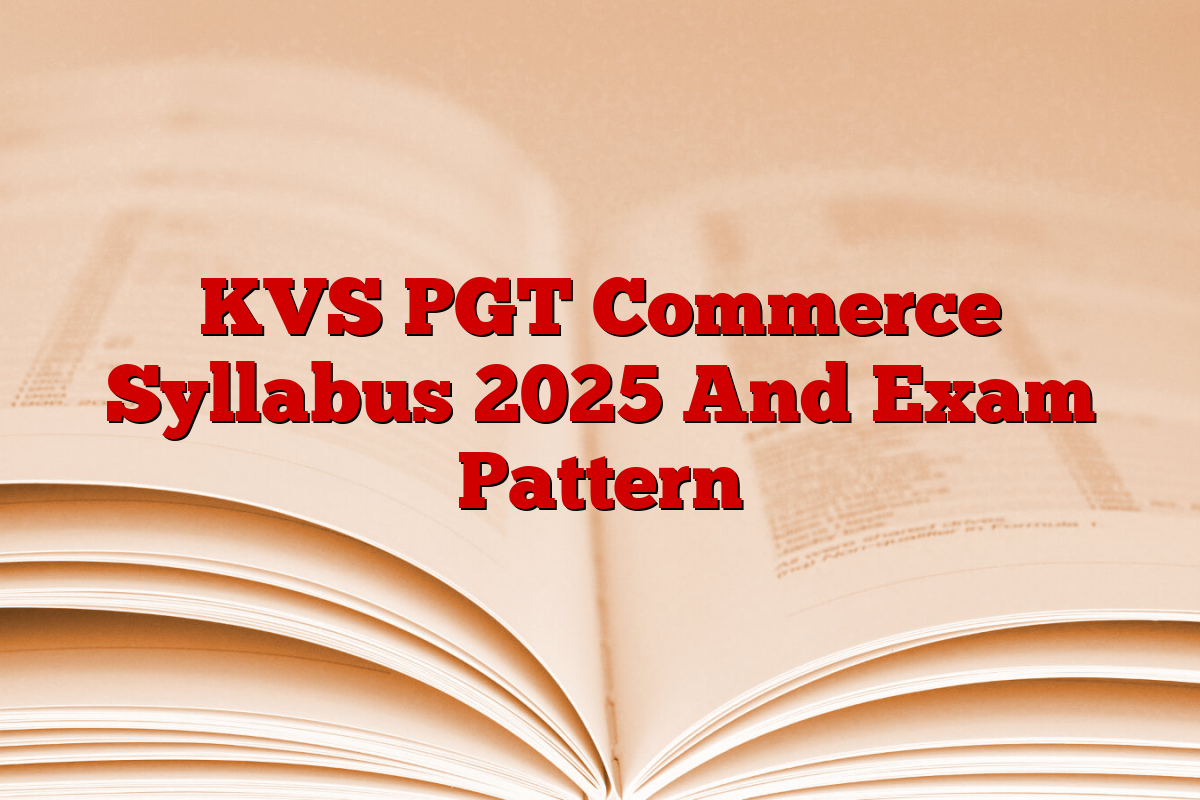- Introduction to Business: Concepts, characteristics, and objectives of business, classification of business: Industry and distinctive features of commerce, business, profession and employment, option of organization, large scale and small -scale business, small scale assistance by the government
Vocational organization forms: only ownership, joint Hindu family, partnership, joint stock company, cooperative organization
Business Ownership: Private, public and joint sector, dynamics of the role of public enterprises and public sector, global enterprises (multinational companies) and joint enterprises - Professional Services: Impact of Technology on Banking, Insurance, Transport, Warehousing, Communication, Professional Services
- Trade: Internal Trade- Retail and wholesale trade, emerging mode of business- franchise, e-business, and outsourcing, international trade-export-process and documentation, EPZ/SEZ, International Trade Agreement: such as WTO, UNCTAD, World Bank, IMF
- Business Finance: Sources of owners and borrowed funds, finance-equity and preference shares maintained loans, loans, loans, loans, loans and rating agencies, business loans, micro-credit, from financial institutions and commercial banks.
- Business Social Responsibility: Business Ethics and Environment Protection
- Management: Concept, objective, science, art and profession as nature, levels and principles of management (general and scientific), professional environment- meaning, importance, importance, and special references for dimensions, liberalization, privatization, and globalization, business, management work as a future, planning, staffing, directing, directing, and coordination
- Financial Management: Earth, scope, role and objective, financial plan, capital structure, leverage
- Fixed and functional capital: affecting economy and factor requirements
Financial Market: Money Market- Nature and Instruments, Capital Market- Primary & Secondary Markets, Stock Exchange (NSEI, OTCE), Processes, SEBI Regulations - Human Resource Management: Meaning, Importance, Manpower Estimate, Recruitment and Selection, Training and Development, Compensation, Performance Evaluation
- Marketing: Meaning, function, and marketing role, levels of marketing and changing aspects, product-mixes, marketing models
Organizational behavior: individual behavioral concepts and applications, personality perception, learning and approach, leadership approach, communication and group mobility - Emerging trends in management: Professional Process Regeneration, Total Quality Management, Quality Circle, Benchmarking, Strategic Management, Knowledge Management, Business Standards and ISO
- Consumer Protection: Meaning, Importance, Consumer Rights and Responsibilities, Consumer Awareness and Legal Prevention (Consumer Protection Act)
Role of consumer organizations and igos
- Accounting: Meaning, purpose, and accounting information, accounting principles, concepts and standards of qualitative features, standards, cash and accounting
- Accounting procedure: Voucher, transaction, accounting equation, and debit and credit rules, books of original entry- journal and special objective books, laser posting from journal and supporting books, improvement of errors, correction of errors, bank reconciliation details, balance of accounts, testing balance
- Accounting of Joint Stock Companies: Share Capital: Types of shares, accounting, allocation, seizure, and reinstated, debenture: type, issue, and redemption methods, final accounts of the only owners and joint stock companies, emerging trends in the presentation of final accounts, accounting, accounting for liquidation,
- Financial Description Analysis: Equipment for Earth, Importance, and Limits, Financial Description Analysis- Comparative Description, General Size Description, Trend Analysis, Accounting Ratio
- Fund Flow and Cash Flow Statement: Earth, Purpose and Preparation as per the revised standards released by ICAI
- Cost Accounting: Nature and cost accounting, job cost, process cost, marginal cost, cost-leaflet relationship, cost control and cost reduction techniques
- Computer in accounting: Introduction to computer and accounting information system, application of computer in accounting, automation of accounting processes, design reporting, MIS reporting, data exchange with other information systems, ready-made, customized and tailor accounting system
- Accounting and Database Management System (DBMS): Accounting in accounting, unit and relationship concept in accounting, database management system (DBMS)
- Inflation accounting and accounting for human resources: inflation accounting, accounting for human resources and social responsibility of an organization
